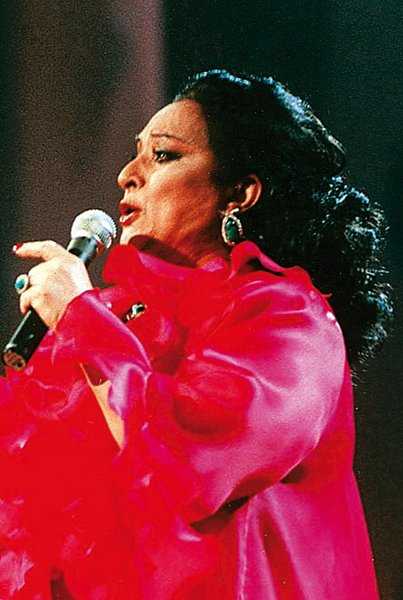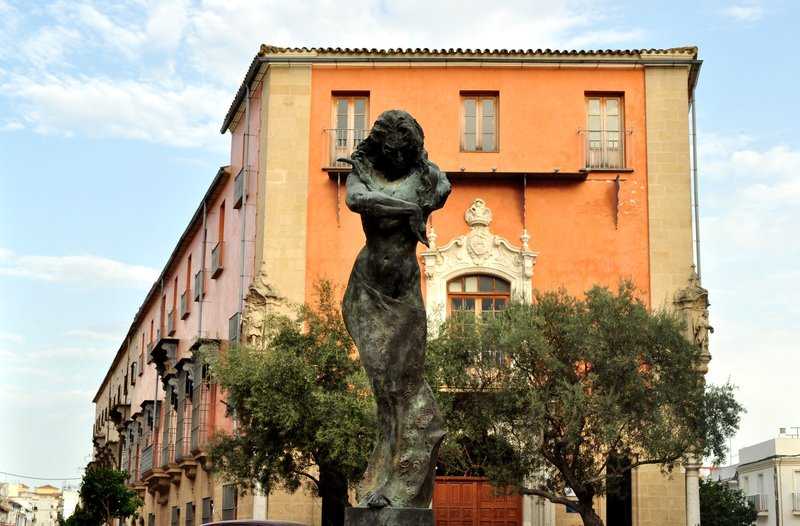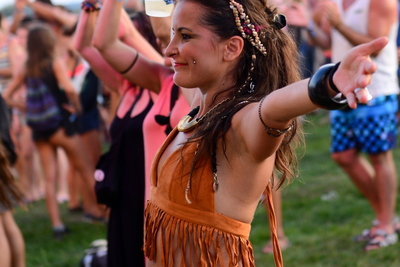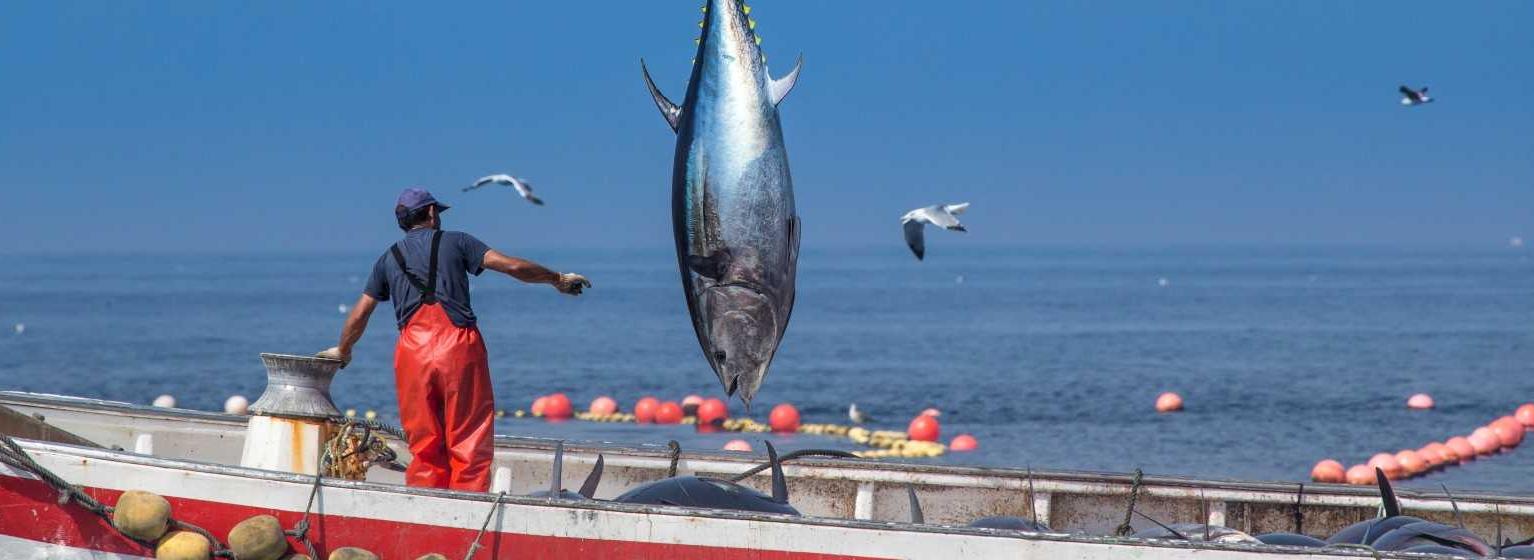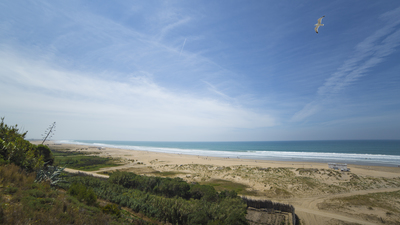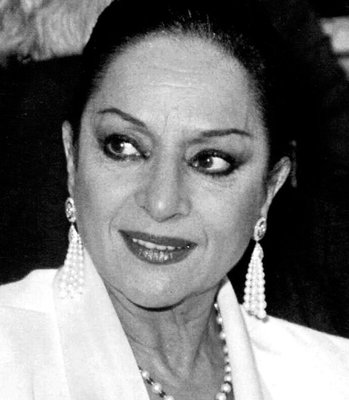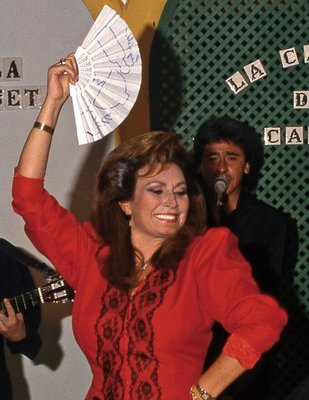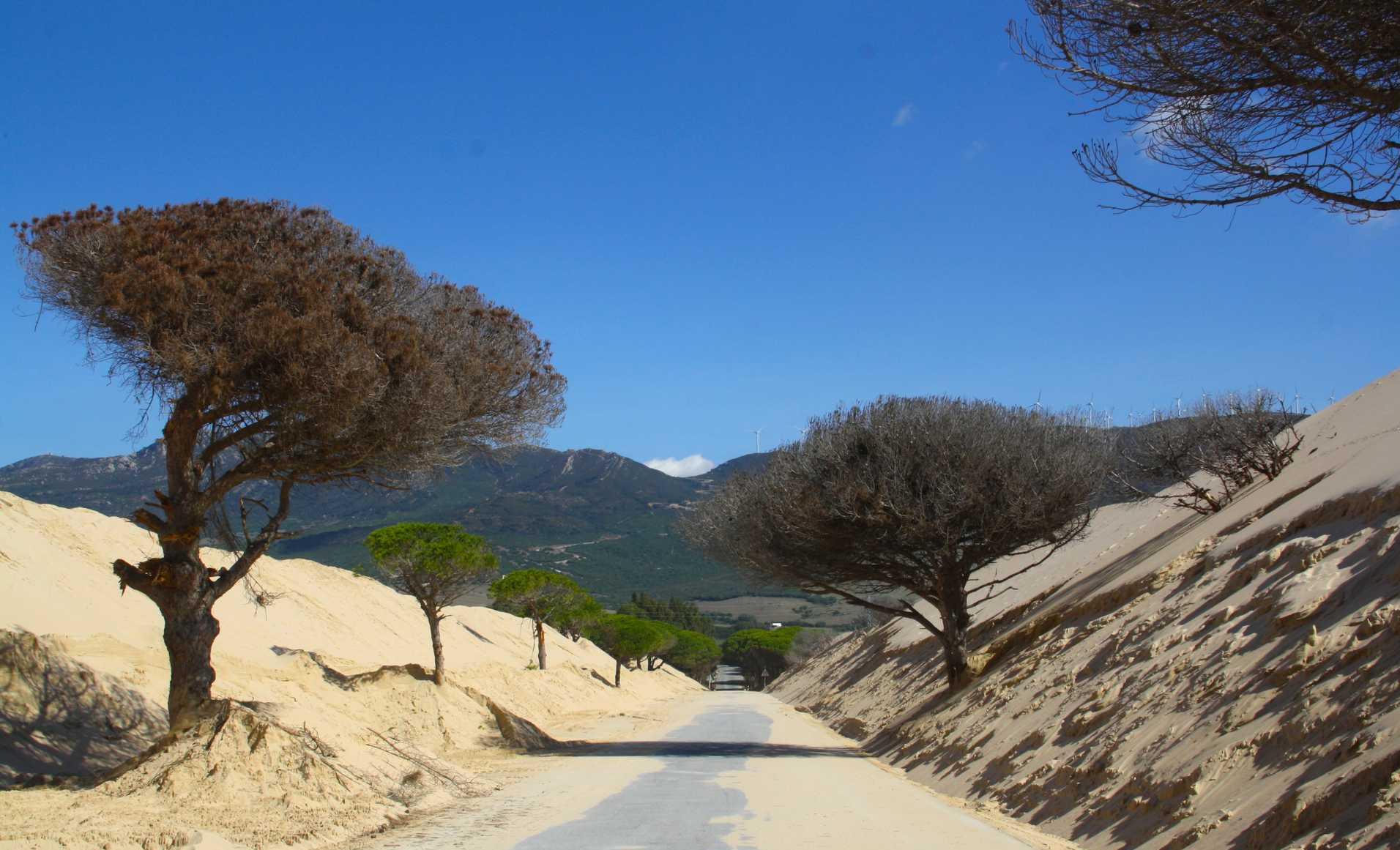Lola Flores, a Jerez woman forever
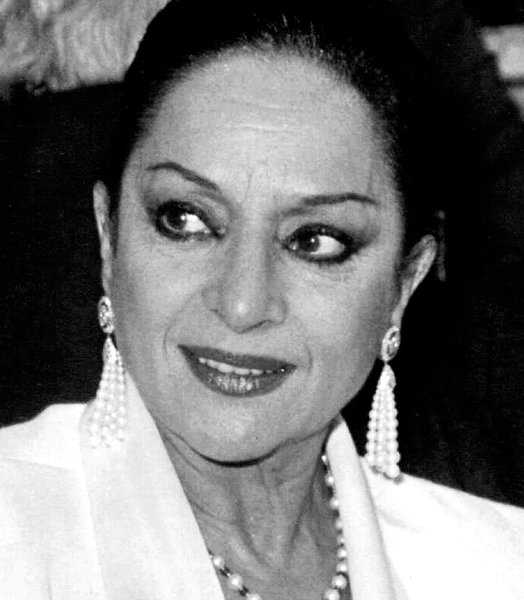
"She doesn't know how to sing, she doesn't know how to dance, but you can't miss her performance." This phrase articulated by a New York Times critic speaking about a performance of La Faraona at Madison Square Garden in New York has been perhaps the most accurate definition of Lola Flores. Other words describe the sweeping personality of La Faraona as unique, unusual, one-of-a-kind, temperamental, passionate, ethnic, genuine, explosive, brilliant…
Lola Flores (Jerez de la Frontera, 1923 - Madrid, 1995)
La Faraona
Actress and singer. From a very young age, she sang and danced flamenco. At 13, she made her debut at Teatro Villamarta in her hometown. Her father sold the modest bar the family owned in Jerez to help his daughter become an artist. Her big opportunity came when forming an artistic duo in the middle of the 40s with Manolo Caracol, with whom she came to be one known as of the most popular singers in Spain and Latin America. In 1947 she filmed Embrujo, an excellent film by Carlos Serrano de Osma, with the Sevillian singer. Caesar González, a key producer in Spanish cinema at the time, focused on her and hired her exclusively.
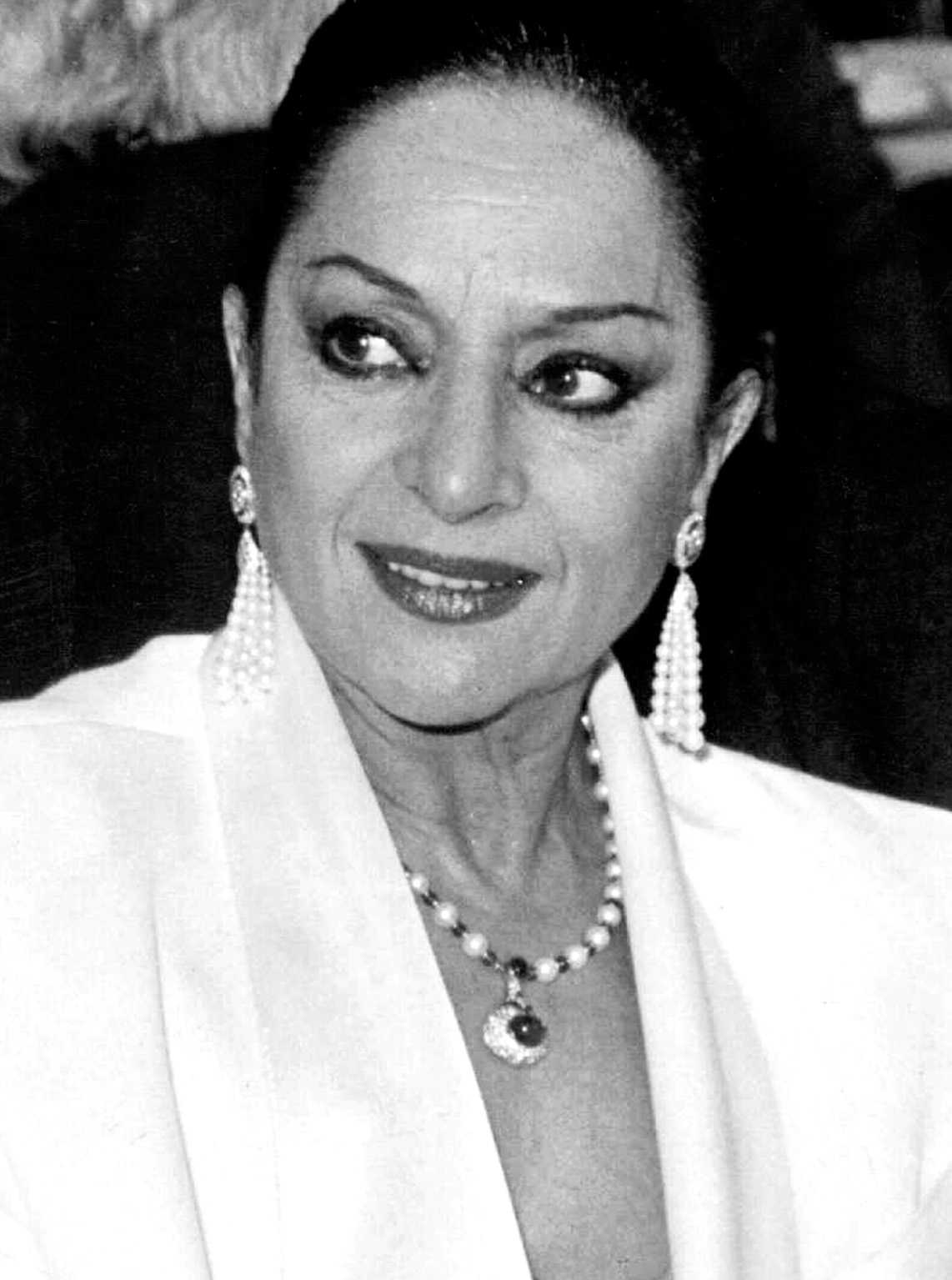
At the height of her popularity, with performances on radio and television and long theatre tours, she sang before various people, including Winston Churchill and Gary Cooper, and she was insistently called by those close to the dictator, Franco. In 1959, she married the guitarist Antonio González "El pescaílla” with whom she had three children, Lolita, Antonio and Rosario. Each of them, like their mother, went on to be noteworthy singers.

Monument in her home neighbourhood
La Faraona, as she was known, has a monument to her standing in the neighbourhood where she was born. It is in a small square, in the San Miguel district, which is the chief flamenco area along with the Santiago neighbourhood in Jerez de la Frontera. It is said that flamenco was born here and it is where the majority of the art's greatest figures were born. This area is known as La Cruz Vieja and traditional streets, such as Pescadería, start here.
This monument was opened in March 2003, within the project to convert the house where Lola Flores was born into a museum. It is made of bronze and was created by the Madrid-born Víctor Ochoa Sierra.
Patrimonial Jerez
The rich history of Jerez gives rise to great heritage, starting in the historic centre, which dates back to times of Al-Andalus and which was declared a Historic-Artistic Monument. This area is where the majority of the city's heritage is concentrated. There are still some remains of the Almohad wall (Ancha, Muro) and the Puerta del Arroyo still stands today. In one corner of the site is the Arab Alcázar, which is another 12 century Almohad construction with several towers (Octagonal, the keep) and a small mosque inside that has been well preserved with its minaret, patio of ablutions, prayer room and mihrab. On the former site of another mosque, San Dionisio Church was built. This building has maintained notable Mudéjar elements that articulate a part of the Islamic city. Today it forms a historic-artistic site with several buildings, including Torre de la Atalaya, also known as Torre del Reloj or Torre de la Vela. Another important monument is the old Town Hall, from the 16th century, with its Mudéjar and plateresque style, which is the work of the Jerez architect, Andrés de Rivera. Mudéjar traces can also be discerned in San Marcos Church, which replaced a mosque and which has a Baroque high altarpiece, and San Juan de los Caballeros Church, which has Renaissance touches.
As usually happens in historic cities, the mixture of styles appears on many buildings in manufacturing, reconstruction or additions from different periods. Consequently, the Renaissance is particularly visible on palaces, which reinforces the agricultural and commercial repercussions with America, and also explains the importance of the Andalusian Baroque. Of notable interest are the plateresque houses of Ponce de León, Palacio Riquelme and, next to this, the Archaeological Museum, which has important Iberian, Roman and Moorish pieces, and, although it is outside the city, the fifteenth century Jerez de la Frontera Charterhouse. This last building is a few kilometres from the centre and on the banks of the Guadalete. The monks bred excellent horses of the Carthusian race, the predecessor to the Andalusian horse. It was declared an artistic monument and it has two large façades, one of which is Baroque while the other is from the Renaissance, and the work of the aforementioned Rivera. The cathedral combines a Gothic structure with Renaissance, Baroque and Neo-Classical elements.
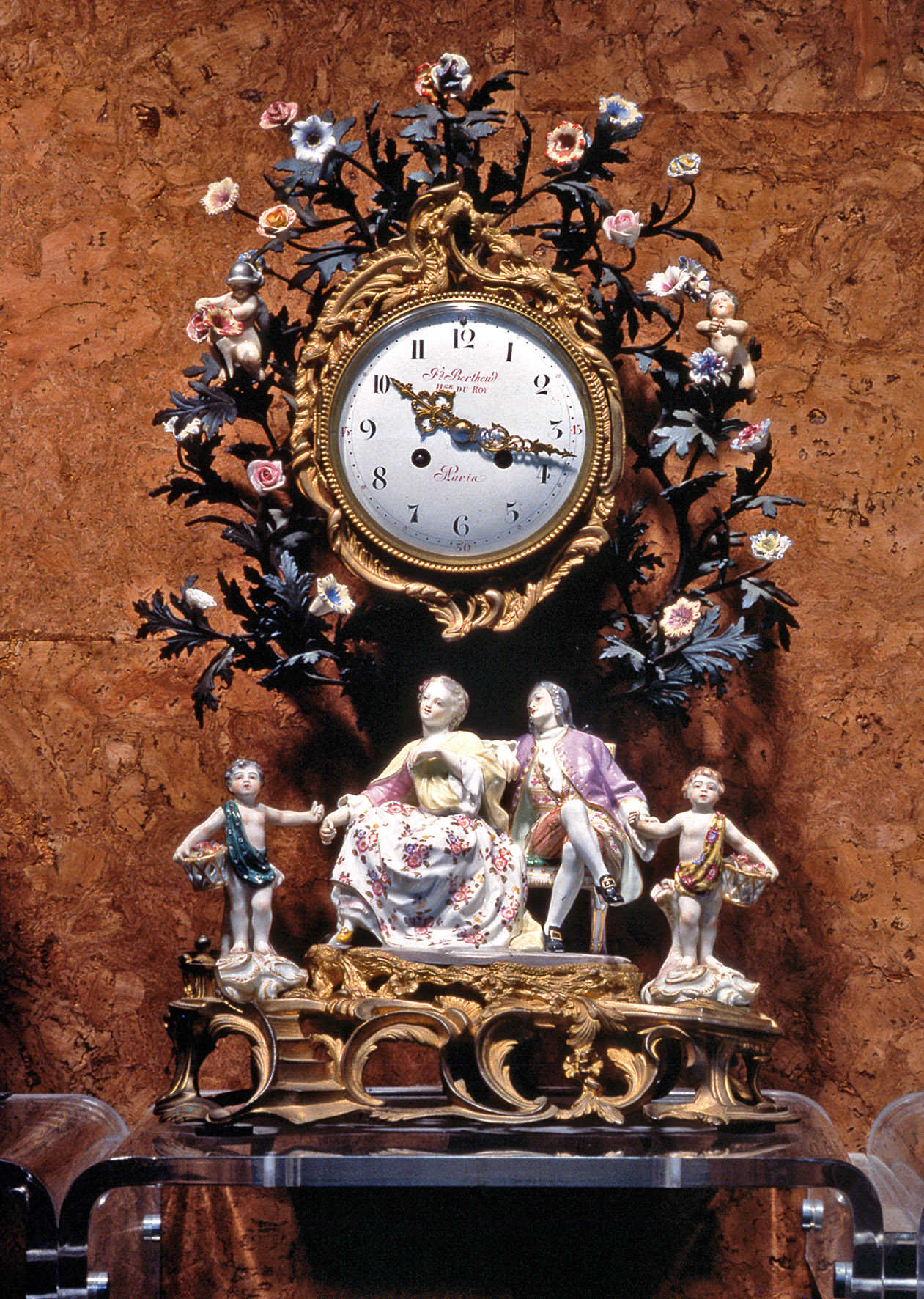
Tourism: horses, wine and wineries
This title may appear to be a typically Andalusian tourism tactic, but this is particularly relevant in Jerez. As has already been pointed out, the Carthusian horse was born and consolidated here via cross-breeding from the 15th century, but they already existed in the Al-Andalus period. The influence of the horse in the city is notable names of squares, sculptures, events… In addition, the Week of the Horse has been celebrated every year since 1954 while the city also hosts the Horse Fair. Since 1973, the city has been home to the Andalusian School of Equestrian Art, founded by Álvaro Domecq. Here, you can enjoy the show How Andalusian Horses Dance and the Museum of Equestrian Art in the Palacio de las Cadenas.
Wine and wineries occupy a certain dimension of leisure and tourism with the modernisation and decoration of facilities creating genuine cathedrals where wines are born and aged in silence. These wineries receive many visitors and include spaces for the hosting of events.
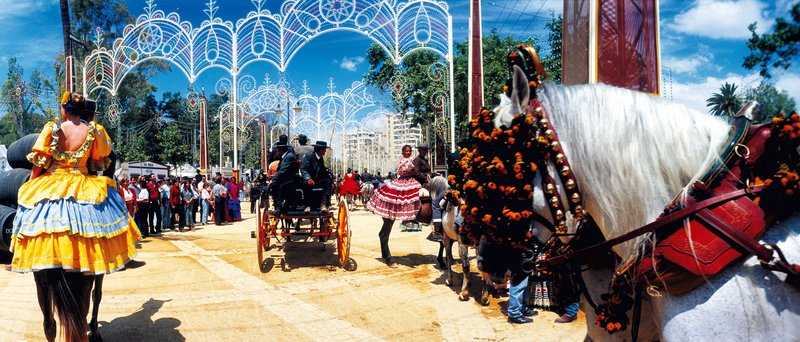
Flamenco and enticing proposals
With regards to flamenco, it has already been said that Jerez is one of the birthplaces of this Andalusian manifestation of culture, especially in the Santiago and San Miguel neighbourhoods, which were the source of 'la bulería' rhythm. Many names stand out and some are even included in street toponymy: Manuel Molina, creator of 'la seguiriya', Loco Mateo, Paco el de la Luz, Diego Monge, Manuel Torre, Terremoto, Tío Borrico, el Mamujo, Tía Anica, La Paquera, Sordera and more recent stars to emerge, such as Mercé, El Pipa and Moraíto. In the heart of Santiago is the Andalusian Flamenco Centre, which has modern audiovisual systems, a library, a music collection and more. In 2005, a City of Flamenco project was launched and the city organised flamenco events, in particular, the International Festival and the Fiesta de la Bulería.
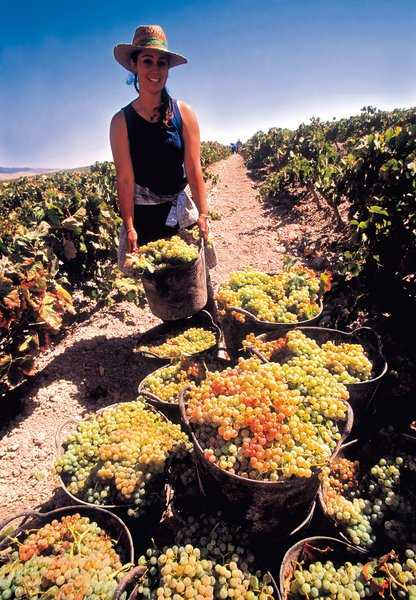
There are numerous Jerez celebrations held throughout the year, with highlights including the traditionally Andalusian Easter Week, and the Fiesta de la Vendimia and the Fiesta de la Merced, in honour of the patron saint of the city.
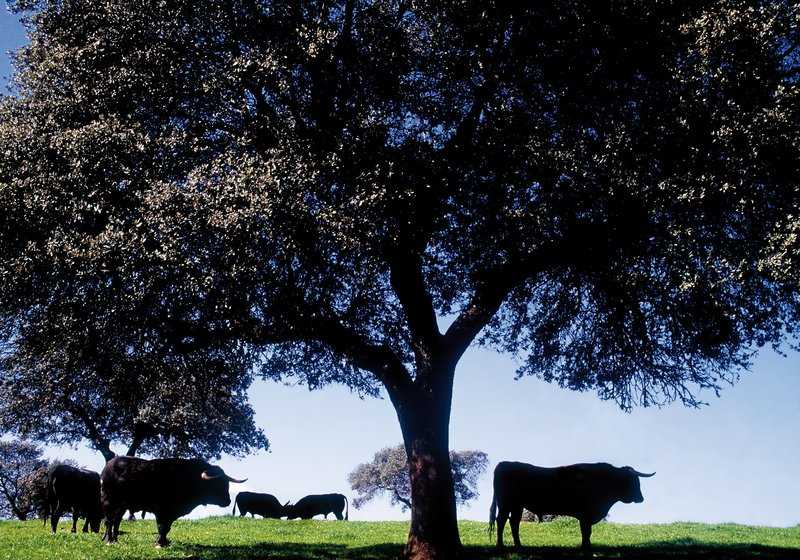
Jerez hit the sporting world with the construction of the Circuito de Jerez, where important events are held, such as the FIM Road Racing World Championship Grand Prix. Other attractions include the gastronomy (a mixture of seafood and land products), tapas, the Botanic Zoo and the fact the city is the start of the Route of the Bull and the White Towns of Andalusia.

